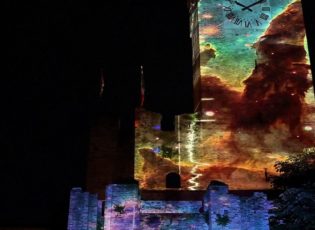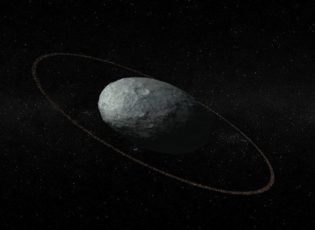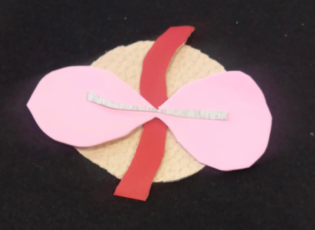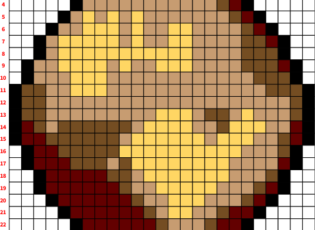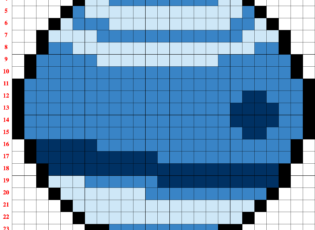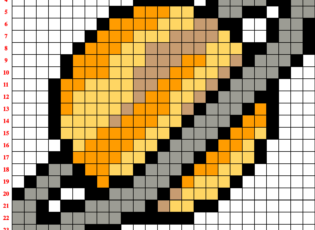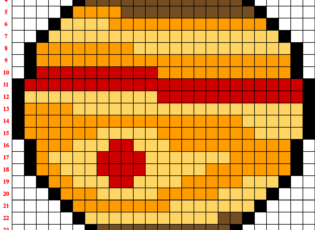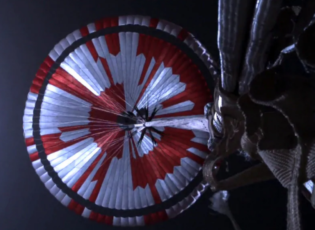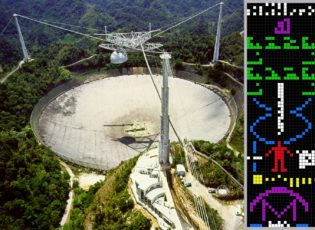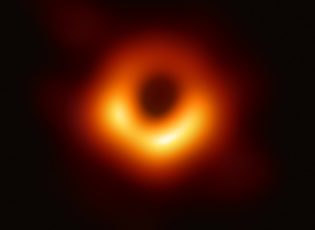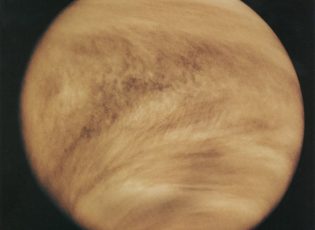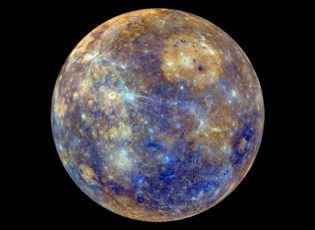Let’s play the stars!
Teaching Activity planned by Anita Zanella during the PhD course “Designing innovative public engagement activities”, held at the University of Bologna in 2023. Can we “play” galaxies? Can we listen to black holes? What kind of dances can take place under the stars? With this activity, you will be able to play the beautiful pictures of the Universe which we usually see, and perhaps – why not ? – we can dance, accompanied by the sound of nebulae and planets! Materials • Edukoi Software (link) • Computer with webcamLEGGI TUTTO

